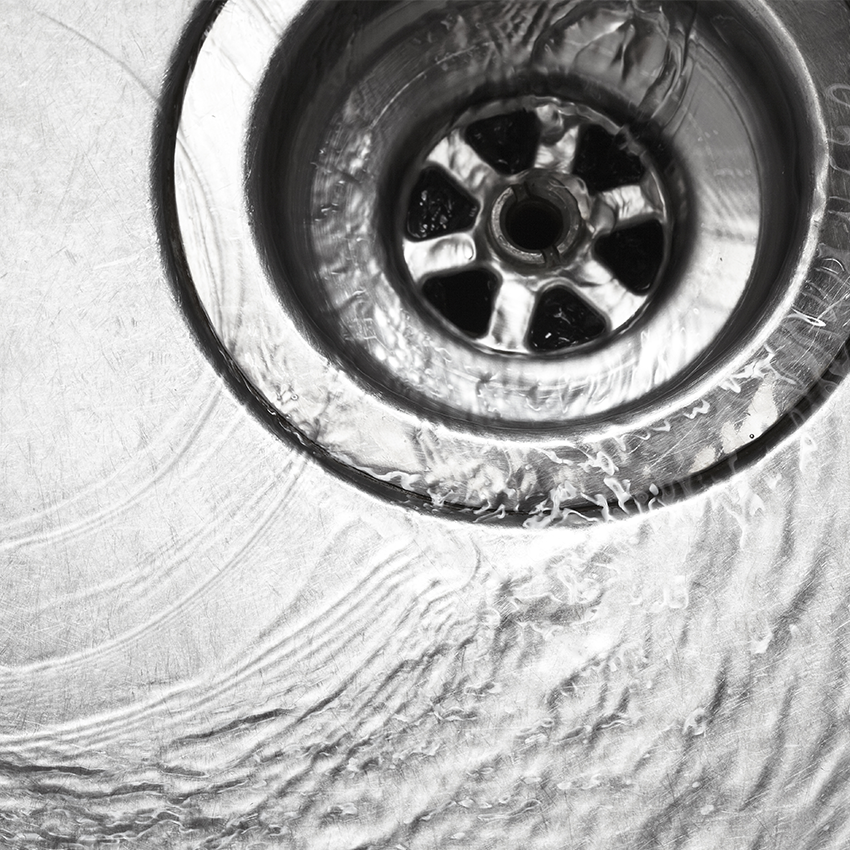If we think about looking after our drains and plumbing at home, conservation isn’t probably one of the issues that comes to mind. But in order to keep our homes sanitary and our plumbing working properly, we need to think logically and carefully about how waste is safely removed from our homes whilst using as little water and as few chemicals as possible. Here’s the lowdown on how to look after your home plumbing, so it not only looks after you, but the wider environment too!
Avoid drain cleaners with chemicals
Typically, the drain cleaner we might use to remove clogs contain any number of chemicals, including bleaches, lye, caustic soda and sodium silicate. If you have surface water in your sink already, then once it mixes with the bleach it can release ammonia which in some people can cause breathing problems, running eyes or skin irritations. Production of lye for chemical drain care products is done with the use of heavy metals which, when used as part of a drain cleaner can change the pH of water, in turn affecting organisms living in our waterways.
Natural drain care that saves water
If you have a clogged sink in the bathroom or kitchen there are multiple ways you can help remove it without having to resort to using harsh chemicals or masses of water either. Here are just a few ideas that might help you sort out any plumbing problems in your home, without a costly call out, masses of products or lots of water.
Plumber’s snake: A plumber’s snake can be inserted into a clogged pipe to either push or pull through a blockage. This will work particularly well if the clog is close to the surface, If the obstruction is slightly deeper, it may require professional help from a plumber. Using a method like this relies on no extra water and any clogs that are either pushed or pulled up can then be disposed of safely in the garbage without detriment to the environment.
Vinegar and Baking Soda: A mixture of baking soda and vinegar can work to tackle issues with grease or fat clogs. Simply sprinkle a little baking soda into the drain, follow with equal parts of vinegar and you will notice it fizzes up, dispersing any fatty deposits. Whilst this method is suitable for removing fat, it might not be quite so effective on hair clogs. You will need a jugful of water to rinse any residues away.
High-pressure blockage removal: A simple change in pressure can often be enough to shift a stubborn clog from any point in a drain. Using a plunger is a much more environmentally sound method of trying to unclog a sink than using harmful chemicals. Note that this method will require a certain amount of water to flush the drain through before and after, but will be more ecologically safe than most other methods. Create a strong seal round the edge of the plunger. You can use a natural emollient like shea butter to do this. Keep water over the cup of the plunger and move it back and forth a few times. Periodically check to make sure the blockage is coming loose, before removing and disposing of it in the garbage (if it is in a solid lump).
Written by Jess Walter




